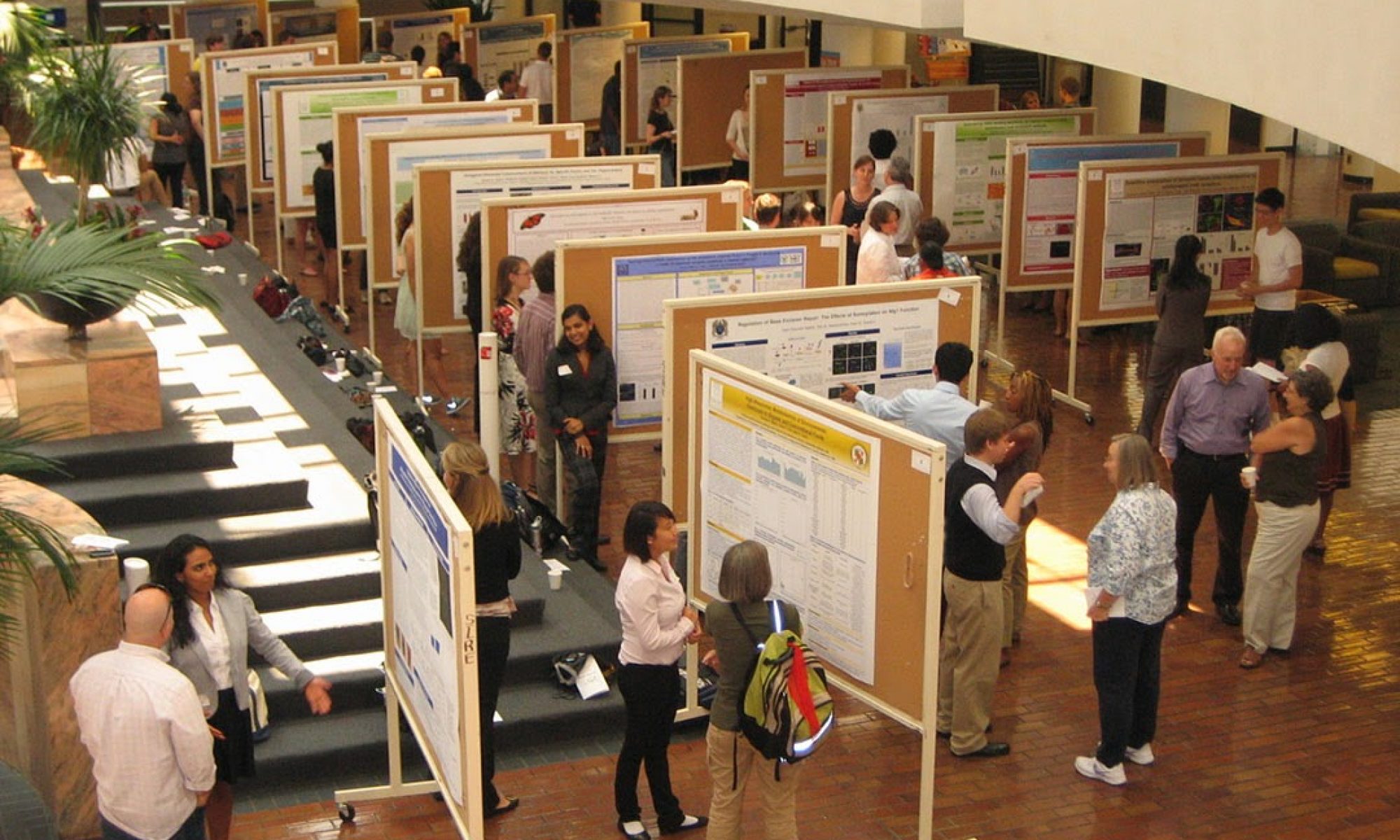In my previous post, I discussed the senior thesis of a former researcher in Dr. Rodman’s Lab, Eli Recht. His work on “Chronotype and Facial Affect Processing” is directly related to what my lab is currently working on. Our next experiment will essentially address Eli’s future directions as well as our own evolving research questions.
How does Eli’s research relate to the lab’s current work?
The lab’s main focus is still on the effect of chronotype (whether or not a person is more morning or evening-oriented) on facial affect processing and mood disorders. However, we are planning to alter quite a few aspects of the experimental design this time around. For instance, the lab discovered a time-of-day effect when analyzing the data from Eli’s experiment. Subjects tested in the evening consistently rated expressions more intensely than those tested in the morning, and the effect was found regardless of chronotype. Consequently, we are planning to test our subjects exclusively in the evening (rather than at different points in the day) because we are more likely to find an effect. Moreover, we plan to test subjects under different lighting environments and observe the effects on mood, attention, and circadian rhythms. Additionally, whereas Eli’s study focused on subjects rating the emotional intensity of faces, we are planning to focus on emotional identification. We are also planning to flash faces onto the computer screen for short durations of time and ask subjects for confidence ratings. Perhaps these confidence ratings will give us new insights regarding which types of people are more confident about their assessments of emotional intensity. We can ask questions such as: Will there be a chronotype effect? Will the presence of a mood disorder (such as depression) play a role in how confidently people identify emotions? Other than a few more changes, the new experiment will be conducted in a similar manner to Eli’s, using many of the same questionnaires.
What am I currently working on?
In addition to helping my lab develop the future experiments, I have been reading scientific papers about chronotype and the Three Factor Eating Questionnaire (TFEQ). The TFEQ is a 51 item questionnaire developed by Stunkard and Messick (1985) to examine three factors of restrained eating, which is intentionally restricting the amount of food consumed to control weight. The three factors are (1) cognitive restraint, (2) disinhibition, and (3) perceived hunger. Cognitive restraint is further divided into rigid and flexible control. Rigid control is an “all-or-nothing approach,” whereas flexible control is “a more graduated approach to eating and dieting” and is thus considered healthier (Schubert and Randler). In their 2008 study entitled Association between chronotype and the constructs of the Three-Factor-Eating-Questionnaire, researchers Eva Schubert and Christoph Randler discovered a few interesting relationships. They observed a positive association between morningness and cognitive restraint, as well as between morningness and flexible control. There was also a negative association between morningness and disinhibition, as well as morningness and perceived hunger. This all seems to support the claim that “morning people” tend to lead healthier lifestyles.
My P.I also recently had me read a paper entitled The Three-Factor Eating Questionnaire-R18 Is Able to Distinguish among Different Eating Patterns in a General Population by Blandine de Lauzon et al. (2004). This paper discusses the validity of the shorter version of the TFEQ called the R-18; it has 18 items instead of 51. Its sub-scales include (1) cognitive restraint (CR), (2) uncontrolled eating (UE), and (3) emotional eating. Despite the fact that we only used the TFEQ-18 as a filler survey in Eli’s study, it may nonetheless provide us with important information. I am currently working alongside a graduate student in my lab to analyze the data. We are still in the beginning stages of this analysis, but we are curious to see if we will find similar associations between chronotype and eating behavior in our own data. Moreover, we could look to see if there are any correlations with negative or positive facial expressions.
Lastly, I am personally interested in seeing whether or not there is a relationship between chronotype and creativity. My hypothesis is that evening-oriented individuals will tend to be more creative. (My rationale is based on the idea that there have been many instances of famous artists and composers furiously working on their projects throughout the night, in fits of inspiration. Perhaps this also has to do with overlaps with mood disorders.) Most creativity tests involve tasks of some sort (with physical objects or drawing pictures), but in order to include it as a part of the lab’s next study, I must devise an alternative method. I am in the process of developing this filler questionnaire that we can use in our next project to collect some pilot data. Additionally, I am still deciding whether I would like to ask questions about the Big Five personality characteristics, or if I want to focus on breaking down creativity into facets including musical, artistic, and literary creativity, among others.


I really liked this article, especially because you went in depth and explained the procedures and questionnaires that would be used. What are some evaluative measures for creativity? I’m curious to know how much autonomy you have on this particular research, because it seems you have a lot of input (which is amazing) in terms of further directions.
829 words 5,272 characters.
To start with you are being a bit too colloquial when you write. You need to tighten up your phrasing and say more with fewer words. For instance, it’s nice that you are using section titles to organize your writing but you should strongly consider dropping the first sentence of every section. Specifically the sentence,
This serves no purpose. Write that section as if it is a literature review or a relevant background section to a paper.
It is ok to use first person when describing what you specifically did, so long as it is in first person, but otherwise write this as an outside observer.
Your order is also wrong, you don’t need the first paragraph/section (the last time part). The second paragraph should go after the relevant literature review and again be written more from the outside. Those middle three paragraphs are your meat and butter of this post and they don’t convey exactly what you know.
I like the idea of the last paragraph but again, a bit too informal. Maybe something more like…
Do you see the subtle difference there?
It’s a very long post but I like the details and the post is well-organized with the sections. There are many terms that I have to look up, but given the amount of information you need to cover in a post, it’s completely understandable. It’s very nice that your P.I. is working very closely with you to help your research move forward. I would recommend that you can consider using a third-person point of view as most academic writings were written in this way. It will also help you to cut down on the word count and make your article more concise.
This post is very interesting because I never knew that being a morning or night person would affect how people perceive facial expressions. One question I have is that you mentioned that you are currently studying how chronotype affects restrained eating, but I am confused on how perceiving facial expressions relates to this issue. Also, how could the results be applicable in our everyday lives?